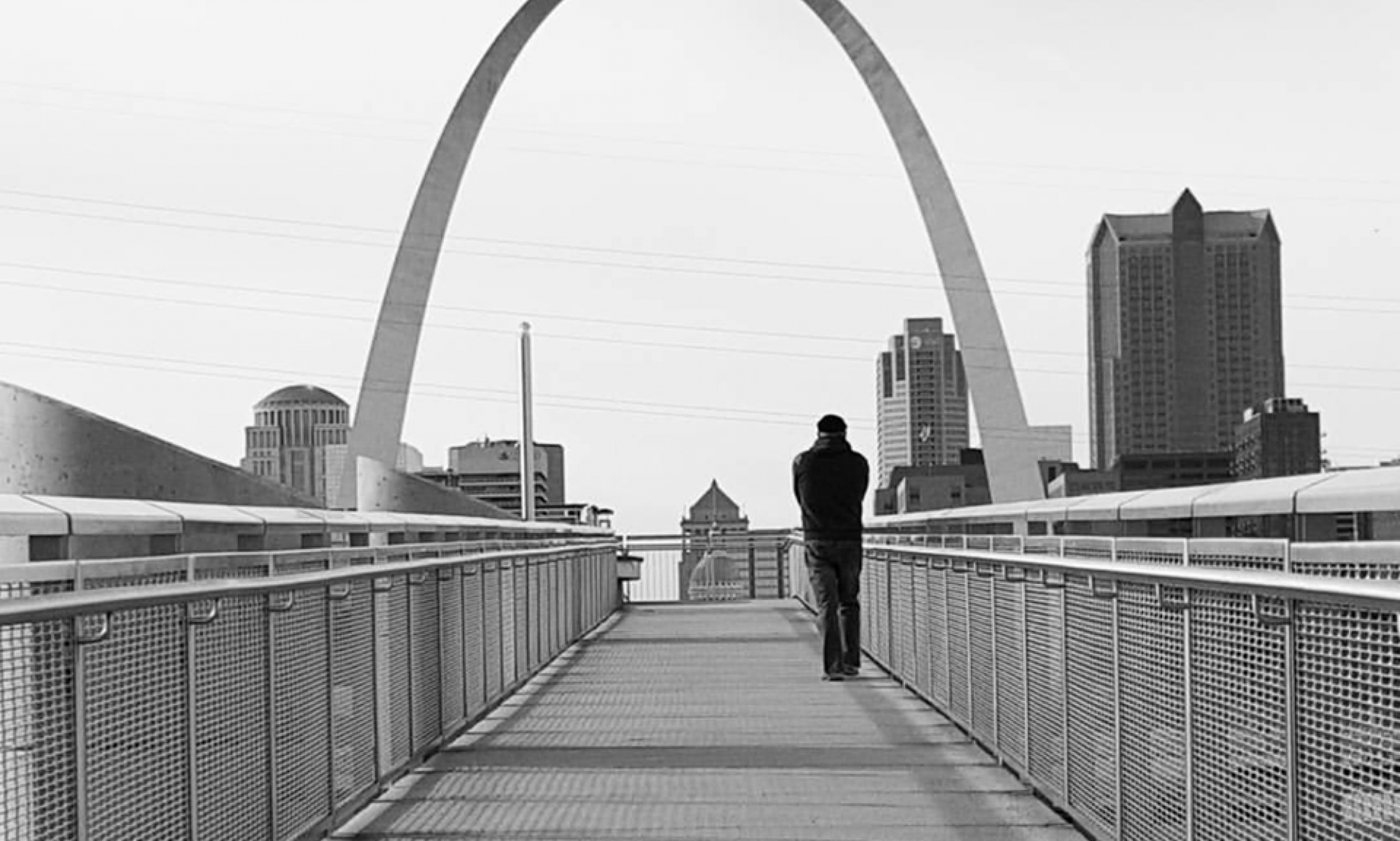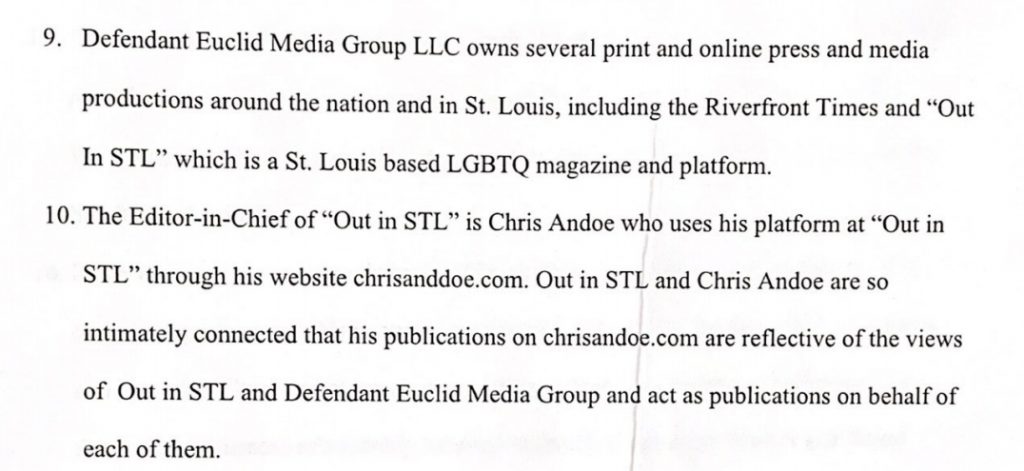On Sunday, I sat with mourners at Bastille to hear their stories about Chuck Parrino Jr., and to discuss the harrowing events of the past few days. Bastille is an “off the record” kind of place, where few want to be quoted or see their name in print, but I was honored that they were willing to talk with me during this devastating time.

When the always-prompt Parrino didn’t show up to Bastille for his Friday evening shift, coworkers and friends feared the worst. Still haunted by the 2018 murder of beloved bartender Peyton Keene, who was gunned down right outside, there was a sense of urgency to make sure they did all they could to avoid losing another one of their own.
Only two weeks earlier, Parrino had told his coworkers he needed to file for a protective order against his ex-boyfriend, Jerald Stilts. Stilts had been sitting in his car outside of Bastille during Parrino’s shifts. He’d called the bar and Parrino’s friends asking about him, and Parrino told coworkers Stilts had been parking outside of his new Bohemian Hill apartment, leading Parrino to install multiple cameras.

Close friend and coworker Jay Thurman recalled Stilts calling Parrino a dozen times in a row. “He was very stalkerish, controlling and insecure,” Thurman said of Stilts. “He’d come to the bar and do things to try to get under Chuck’s skin. After seeing Chuck talk to someone new at the bar, Jerry contacted the man to tell him to back off. One night, Jerry left a few hours earlier, but Chuck suspected he was close by watching. I walked him to his car, and sure enough, Jerry was parked right behind him.”

Stilts was no longer welcome at the bar because of his obsessive behavior. Bartenders would yell at him to get out.
On Friday, the conversation at Bastille kept coming back to Stilts. “I’m calling Jerry,” friend Lisa West said, but a bartender advised her against it. “If Chuck had something else going on, we didn’t want to cause more problems by involving Jerry,” West said. West had known Stilts for many years, and had regularly gone out to eat with him and his late partner, who died of cancer in 2022. Several onetime friends of the 57-year-old Stits, mostly from Illinois, said he was a very different person when he was with his late partner, who he had been with since his twenties. “All these years I knew him he hated the bars, he hated the gay scene,” said a longtime friend who asked not to be named. “I just don’t know what happened to him in these last few months.”
On Saturday morning, a group of regulars went to Bastille to discuss the situation. Thurman, unaware that Chuck was missing, texted him at 12:30 pm asking if he wanted to hang out, and then saw a Facebook post about his disappearance. “That’s not like him. I couldn’t wait, I went to his house and pounded on the door and walked around the building. I went to places he frequented. I called hospitals.”
Everyone at the bar was beside themselves with anxiety. Unable to focus, the manager threw up his hands and said, “I’ve got to go.” The manager left his regulars to look after the bar and he went in search of him. A regular told West, “They need to look in that hangar,” in reference to Stilts’ barn, which housed farm equipment. The patron said Stilts had told him that he loved Parrino so much that he might kill him and bury him in the hangar.
Shortly after 4:00 pm Saturday, the same bartender who had advised West not to call Stilts pulled her into Bastille’s kitchen. “Call him,” he said. When Stilts answered, West simply asked, “Where’s Chuck?.”
“Jerry was crying and he seemed nervous. He said to check the casinos,” West said.
Numerous members of the community were searching online and monitoring the police blotter, and then, at around 6:00 pm Saturday, news that the coroner was at Stits’ property swept through the bar, igniting wails of horror and grief, as patrons and employees wept and cried out.
On Sunday, the bar posted a message to Stilts on their Facebook page, including his mugshot. “On behalf of everyone at Bastille, we hope you rot in hell!”
Friends describe Parrino as a handsome, fun and lovable guy who lived life to the fullest and had a good sense of humor. After coworkers compared him to a Keebler elf, for instance, he dressed as one for Halloween.
Parrino’s Funeral Service will be held Sunday at 10 am at Schrader Funeral Home,
14960 Manchester Rd, Ballwin, MO. 63011.
Bastille will have a celebration for Parrino following his funeral. Parrino’s family, who came in from Texas, will be in attendance, and the bar has set up a gofundme for them.
The Network/La Red’s 24-hour hotline provides confidential emotional support, information, referrals, safety planning, and crisis intervention for gay, lesbian, bisexual, queer and/or transgender folks. 1-800-832-1901














